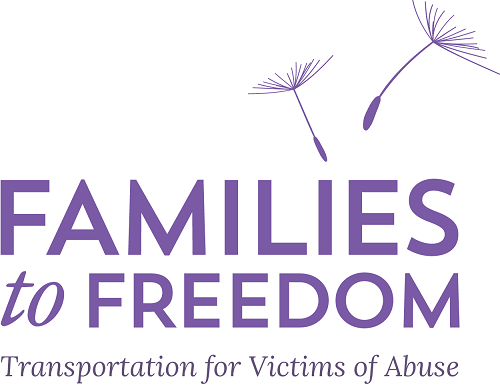In observance of the upcoming holidays, the Families to Freedom hotline will close Tuesday December 23rd at 12:00pm and will reopen Friday December 26th at 10:00am CT. In observance of New Year's Day, the Families to Freedom hotline will close early on Wednesday, December 31st at 12:00pm and will reopen Monday January 5th at 8:00am CT.
If safety is too far away, what option is there?
There are more than 50 safehouses for victims across North Texas, East Texas and the Greater Houston area, yet few provide transportation for victims to arrive at their door. Available domestic violence shelter may be several cities away, in another county, or even more than an hour’s drive away. Without a means to get there, victims can't get away from their abuser.
Families to Freedom solves the transportation problem that is often a barrier to freedom from abuse. We are a solution for victims who need to arrive to safety after domestic violence, and for new survivors in shelter who need to reunite with family far away for long term support and security.
Learn more








